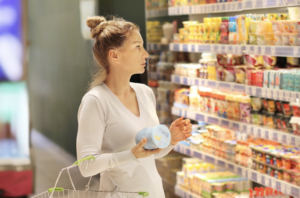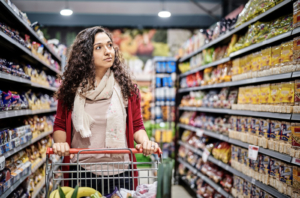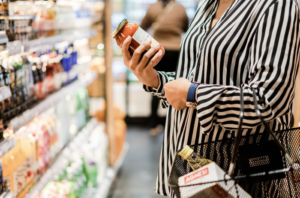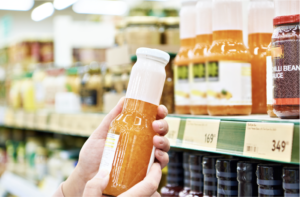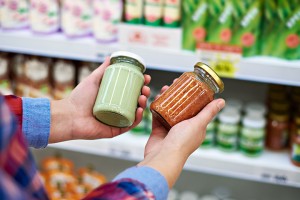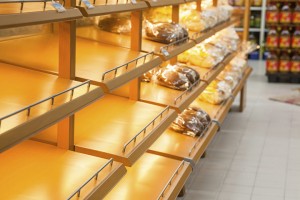What happens in the store…
This week we look at three research studies on consumer decision-making in retailers and how to act on these findings.
Distance matters: In-store travel drives impulse
The average shopper passes through less than half of the aisles during a grocery visit. Obviously, all products in the remaining aisles cannot be part of this particular basket.
And even in visited aisles choices often result from people accidentally passing by a specific shelf.
These “lucky” encounters are essential and often the result of people being inefficient in their store travels. On average, shoppers cover at least twice the distance their planned purchases would require. The higher this extra distance the higher the unplanned purchases. Any extra ten percent of travel distance increases unplanned spend by about 15% ($2.50 in this study).
The study also shows that smart placement of just three promotions motivating consumers to travel more can increase unplanned spend by more than 50%. In times where shoppers’ exact in-store locations can be identified in real time such a strategy seems quite promising (or worrying?).
More competition from large assortment categories
Shoppers are often exposed to a large number of product categories within a relatively small space. For example, checkouts might have sweets, chewing gums, magazines and digital music vouchers to further shoppers’ impulse buying.
The variety offered in these adjacent product categories impacts buying in the focus category: consumers are less likely to purchase if the focus category is next to another category with more variety.
The larger range takes up more of shoppers’ short attention spans and distracts from the focal assortment.
If you are competing with small assortments (typical for less frequently purchased product categories) try to present your assortment separately or next to other small assortments to avoid the negative effects of product categories with a greater selection.
Horizontal beats vertical
Much research focuses on assortment size and whether variety offered impacts likelihood and quantity of purchasing. However, how these products are presented (i.e., horizontal vs. vertical) may also impact choice. Research shows that horizontal displays are easier to process and increase the number of items selected (see figure). Horizontal product displays better match our binocular vision field and correspond to the dominant direction of eye movements. Higher processing efficiency results in higher perceived assortment variety relative to assortments of the same size presented vertically.
Retailers should therefore use horizontal displays especially in those product categories where consumers seek variety and desire to shop for more than one item (snacks, cereals, or beer).


























































































